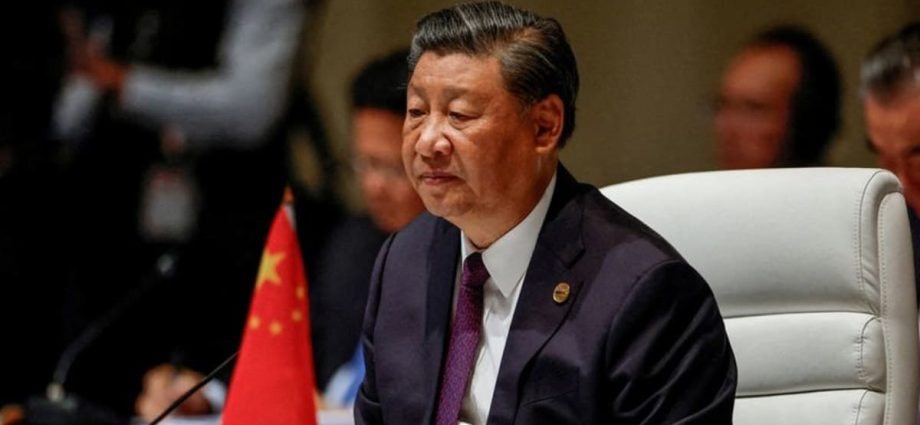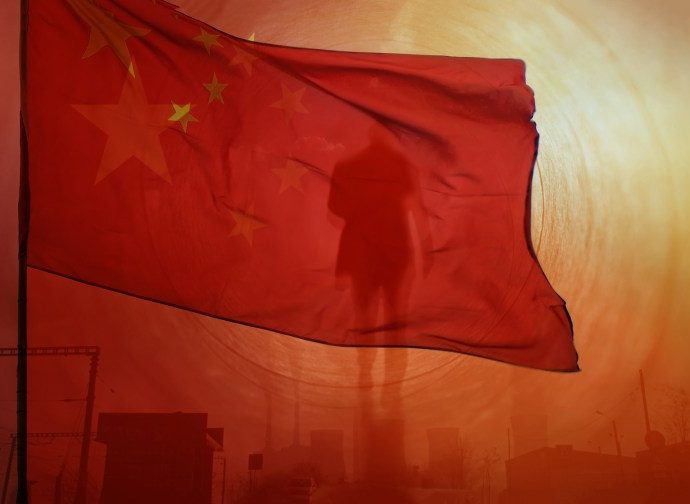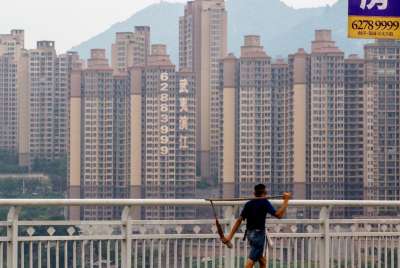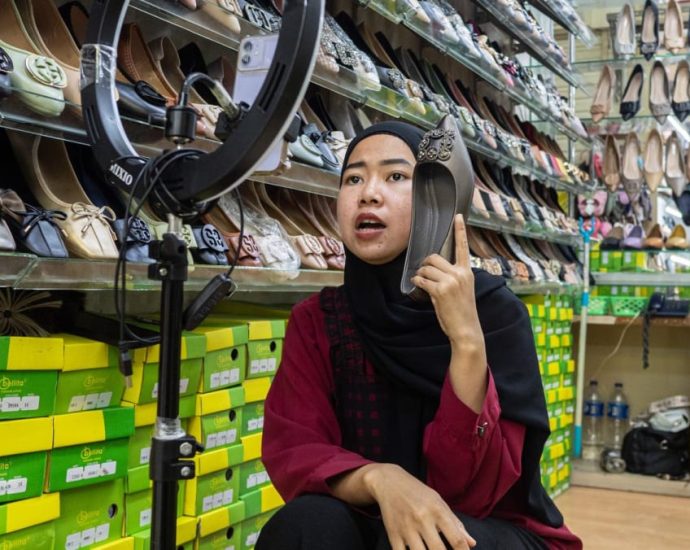China to step up anti-graft efforts for better economic development, says Xinhua
BEIJING: China will step up anti-corruption efforts in state-owned companies and the financial sector to increase their economic contributions, state news agency Xinhua reported on Wednesday (Sep 27), citing a politburo meeting chaired by President Xi Jinping. The remarks from the politburo, a top decision-making body of the ruling CommunistContinue Reading





















